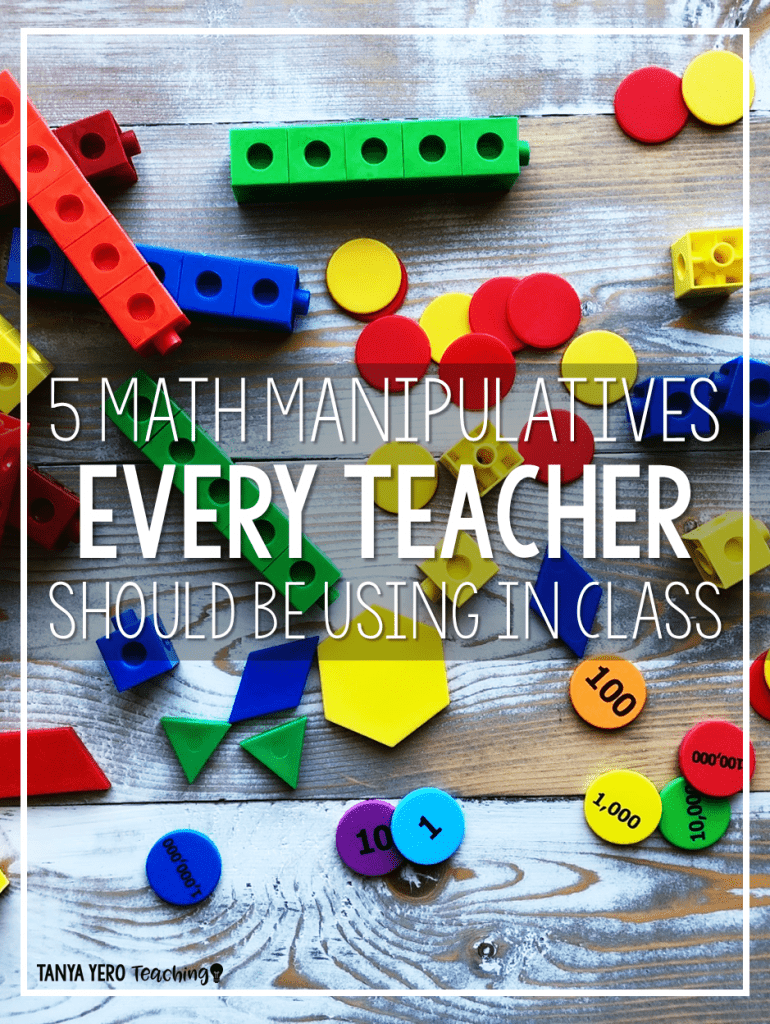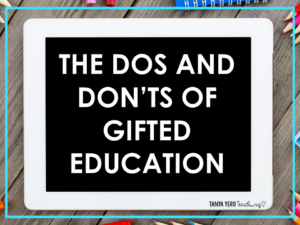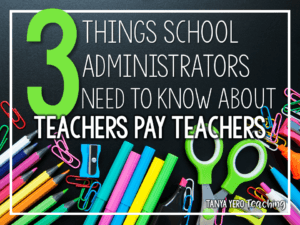Manipulatives are physical teaching tools which engage students not just visually, but also physically. These learning tools include anything from coins to puzzles and blocks. The use of manipulatives is becoming more popular because students are actively involved in the learning process.
By touching and exploring hands-on materials, children use their senses, which allows more cognitive connections to be made with a concept
Although there are dozens of manipulatives that are used to facilitate students of all ages, the pedagogical basis to use each one of them remains the same. Today’s teachers can use these manipulatives to teach math in such a way that students can easily understand abstract mathematical concepts.
Manipulatives assist students as visual models develop children’s understanding. Students are often lost in a muddle of symbols and numbers. For that reason, they need something concrete to understand difficult and complex math concepts.
Let’s take a look at five effective math manipulatives every teacher should be using.
1. Base Ten Blocks
Base Ten Blocks are designed in powers of ten to represent ones, tens, hundreds, and thousands. These blocks are used to teach place value and number concepts. For instance, students can learn about regrouping in subtraction and addition.
Base ten blocks are also used to explain measurement concepts such as volume and area. The materials feature 1-centimeter unit cubes to signify ones, 10-cm rods to stand for tens, and 10-cm square blocks to represent hundreds.
2. Fraction Tiles
Fraction tiles allow students to learn fractional equivalences and fractions. Teachers can also use these handy tiles to explain the addition and subtraction of fractions. With the help of proportionally sized tiles, students can easily compare fractional values.
3. Geared Clocks
These handy clocks are made out of plastic, but feature hidden gears to reflect accurate hour and minute relationships. The minute and hour-hands are color-coded to match the markings on the clock face.
Geared clocks are especially helpful for younger students who have trouble calculating elapsed time and telling time on analog clocks.
4. Pattern Blocks
Pattern blocks are available as a collection of various shapes in different colors. Common shapes include triangles, squares, trapezoids, rhombuses, and parallelograms. Students work with pattern blocks to explore spatial relations.
Although young students tend to copy one another’s designs, they can still enhance their ability to recognize similarities and differences by duplicating another student’s patterns. Students can also be encouraged to talk about their constructions, which can improve their cognitive function as well as self-confidence.
5. Geoboards
This is a great aid for teaching geometry. You can make different shapes by stretching rubber bands over pegs. Geo-boards are great manipulatives for teaching perimeter, symmetry and angles. The aid makes difficult concepts easier for younger children to understand.
Some ways to use geo-boards include:
- Show a square with a perimeter of 10 units
- Make rectangles of different sizes
- Ask your students to find the largest square or rectangle
- Make a square with 5 square units
- Make a hexagon and find out its perimeter
Teachers can find a wide range of geo-boards from coordinate boards to isometric boards.
Bonus Manipulative: Coins
Coins provide a great opportunity to explore many mathematical concepts, including decimals and place value. Since each coin and bill have an assigned value, money plays a crucial role as an effective math manipulative.
Teachers can also use dollar bills and coins to explain other concepts such as addition, multiplication, percentage and division. Here are some ways you can incorporate coins into your teaching methods.
Young learners are excited to use coins. Teachers can ask their students to sort coins into piles. Discuss the methods they chose to sort out their coins, once they are done with this activity. You will observe that every student selects a different method to sort out their coins. Some children sort them by pictures whereas others by numbers.
Some students sort them as silver and copper coins. Explain how children can also sort the coins in size order. This way they are able to identify which is worth the least and why. This is a constructive way to learn the values and names of each coin.
You can ask your younger students to count their spare change to put into rolls. They are eager to help if you give them some kind of financial reward. Younger students create piles of 10 or 5 coins, depending on much they are able to count. Teachers can show the students how they can skip count the piles to reach the number they need for their roll.
Coins and dollar bills are perfect aids for teaching place value to students. When your students are learning regrouping, explain them that you need as few pieces of currency as possible. If you have ten pennies, regroup them into a dime to make a dollar bill and so on.
Coins offer a real-life incentive for learning mathematics to both younger and older kids. Emphasize on the importance of learning decimals, fractions and place value to children so they how important it is to learn money management.
Tips for Teachers
It is important for teachers to get the most out of these manipulatives by following these tips:
- Do not think of manipulatives but as powerful learning tools to build conceptual understanding of math
- Manipulatives serve as a bridge between concrete and abstract levels of complicated mathematical topics
- Do your homework and research about how to use each manipulative
Final Thoughts
Using manipulatives offers a way for children to grasp concepts through hands-on experience. Teachers should learn how to use manipulatives so they can successfully engage students in the classroom. You can design a plethora of activities using concrete manipulatives to explain difficult mathematical concepts. Teachers must deliberately and carefully choose all manipulatives being used and pay special attention to the sequence of introducing these manipulatives to maximize effectiveness. There is enough research evidence to believe that using manipulatives over extended periods of time has a positive effect on students’ learning patterns.






